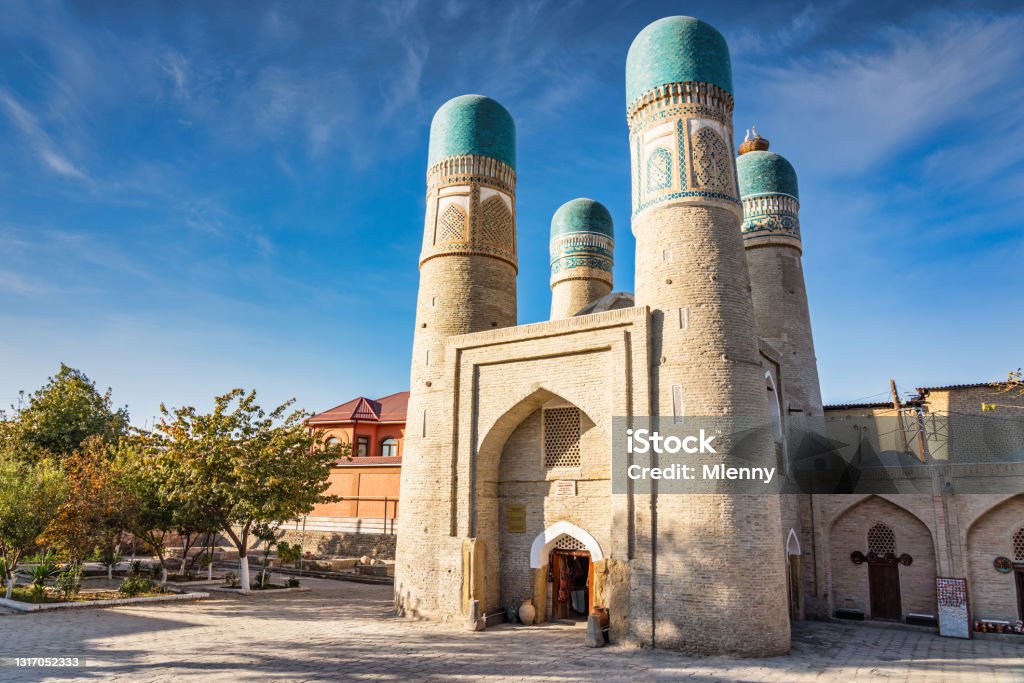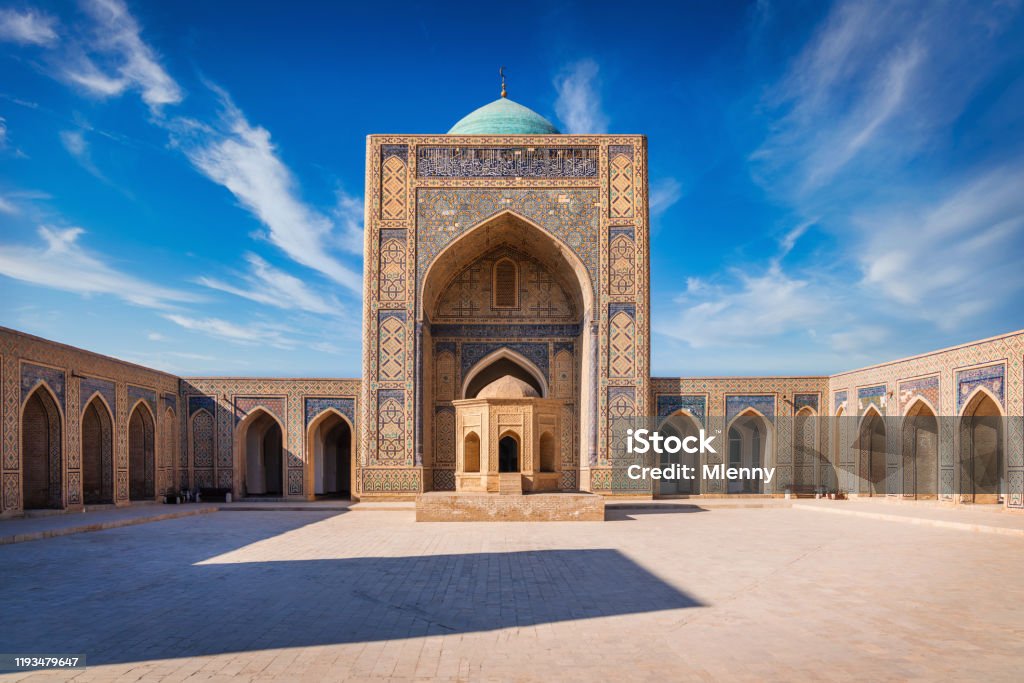The best train trips in Central Asia
In South America, the train is not just a mode of transport, it’s a meditation on geography. To travel by train across South America is to move in a slower, more contemplative rhythm. This is a continent of mythic proportions, of glaciers and deserts, of empires lost in jungle. From the high altitudes of the Andes to the empty spaces of Patagonia, these are South America’s most evocative train rides.
Serra Verde Express: Brazil
Built in the 1880s by Italian immigrants, the Serra Verde Express takes you from the colonial city of Curitiba to the old port town of Morretes. The train travels through Brazil’s Atlantic rainforest. You pass ghost stations swallowed by foliage, banana plantations clinging to cliffs and waterfalls that plunge into deep ravines.
This is jungle train travel at its most refined. The carriages are outfitted in Belle Époque style, with vintage lamps and velvet seats, evoking a Brazil of sugar barons and tropical grandeur. Inside, samba wafts from tinny speakers and passengers sip cafézinho. In Morretes, the train deposits you in a town where time has slowed, a town of cobbled streets and white churches. Walking in the streets, you feel like the train dropped you off not just in another place, but in another time.
Belmond Andean Explorer: Peru
The journey begins in Cusco, the ancient Inca capital and ends in Arequipa, the white volcanic city. Connecting Cusco, Puno, and Arequipa, the train traverses the altiplano—a plateau of blue lakes, ochre plains, and distant peaks. The train stops at pre-Incan ruins, floating islands, and colonial cathedrals. Onboard, the aesthetic is 1920s glamour—plush cabins, a piano bar, alpaca wool throws, and gourmet Andean cuisine served on white linen. The dining car serves quinoa-stuffed trout and pisco sours. The observation car is open to the wind.
The train stops for excursions—to the floating reed islands of Uros, to ancient cave paintings, to colonial monasteries carved from volcanic stone. You’ll ride past grazing vicuñas and quinoa fields, past crumbling adobe homes and ancient terraces still worked by hand. Herds of alpaca drift across puna grasslands. On the shores of Titicaca, the train pauses for a boat ride to the Uros floating islands—patchworks of totora reed.

Tren Crucero: Ecuador
From the colonial streets of Quito, the train travels past volcanoes, cloud forests, and highland haciendas to the tropical port city of Guayaquil. The train passes Andean peaks, volcanic ridges, and banana plantations. The restored heritage coaches feature polished wood, brocade curtains, and open-air balconies.
Onboard, there are lectures on Ecuadorian history and concerts by Andean flutists. You sip coffee grown in the shadow of Chimborazo, watch llamas graze near Riobamba. Off-train excursions include hacienda visits, artisanal markets, and hot springs. You sleep not on the train, but in restored haciendas and boutique hotels. The highlight of the trip is the Devil’s Nose, a near-vertical descent in which the train zigzags down the cliffside, reversing direction repeatedly on a switchback track.
La Trochita – The Old Patagonian Express: Argentina
Few trains are so steeped in lore that they inspire entire books. Paul Theroux rode this train through the arid vastness of southern Argentina, memorializing it in his classic travelogue The Old Patagonian Express. In the mid-1970s, Bruce Chatwin came here, hitching rides and sketching scenes for what would become In Patagonia, his travel book of fragments and fables. Where Theroux found meaning in motion, Chatwin lingered in stillness—in the tales of Welsh colonists, reclusive ranchers, and the rumors of Butch Cassidy’s hideout.
The Old Patagonian Express has wooden bench seats and coal stoves. As it lurches out of the frontier town of Esquel, the vintage steam train carries with it the memory of Welsh immigrants, wandering gauchos and Mapuche shepherds. Inside, there’s the hiss of steam, the creak of wood, the smell of coal. The train moves across an expanse that feels almost lunar. It conjures the ghosts of settlers, sheep barons, and railway workers. Patagonia is a place of silence. Here, distance is not merely spatial—it’s psychological. La Trochita is not a train that takes you somewhere new—it returns you to something forgotten.

Ferrocarril Central Andino: Peru
Rising from Lima’s seacoast to the mining town of Huancayo at over 4,800 meters above sea level, the Ferrocarril Central Andino is the second-highest railway in the world. The train winds through switchbacks, tunnels, and trestle bridges, linking the colonial legacy of Lima with the highland traditions of the Quechua-speaking sierra. It was built in the late 19th century to access Andean mineral wealth.
As the train ascends, you pass puna grassland and abandoned mining towns. The train stops at small outposts where locals sell chicha and potatoes roasted in earth ovens. Passengers sip coca tea for altitude sickness. Outside the windows, the Andes unfold in massive sweeps: glacial lakes, forgotten mining towns. Herds of alpaca graze in the windy landscape. You pass Quechua villages nestled in valleys.

Tren a las Nubes: Argentina
The Tren a las Nubes, aptly named the ‘Train to the Clouds,’ is one of the highest railways in the world. Departing from Salta, a colonial city in Argentina’s northwest, it winds its way into the Andes. Originally built in the 1920s to connect the Argentine Northwest with the Chilean coast, the line once carried minerals and wool across the Andes.
The train climbs into the high plains of the Puna, past red rock valleys, ochre canyons, and white-salted deserts. Llamas graze beside adobe huts. Condors rise on thermals above you. The journey crosses desert valleys, climbs switchbacks and eventually reaches the Polvorilla Viaduct, a steel bridge that appears to hover in the clouds. The train rises into the Andes with a slow deliberation. When the clouds roll in—as they often do—you seem to float through them.







